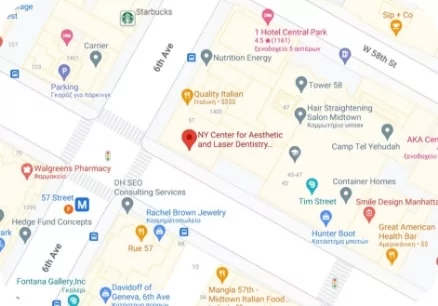Reveal a More Radiant Youthful Appearance with Microneedling in New York
What Can Morpheus8 Treat?
Morpheus8 is an excellent treatment for patients who want facial rejuvenation through an advanced skin tightening and toning method for a more youthful look. The modern technology used to get beautiful cosmetic results utilizes microneedling techniques and combines it with radiofrequency technology to boost new collagen growth in the face while remodeling it by thickening and tightening the skin. Other common treatment areas include the periorbital area, abdomen, thighs, legs, and buttocks.
What Is Morpheus8?
Morpheus8 is a skin enhancement procedure that combines microneedling with radiofrequency technology to help unveil a healthy, glowing complexion. The combination of these two techniques results in changes like smoother, firm, more toned skin with improved contours. Treatment times and frequency of sessions will be tailored to each patient to reach desired results, which may take a few days, but typically after 3 weeks, the results are at their most noticeable.
Morpheus8 can be used to improve the appearance of:
- Excess fat in the face and neck
- Mild sagging or “jowls”
- Uneven or rough skin texture
- Acne scarring
- Sun damage
- Fine lines and wrinkles
- Enlarged pores
- Stretch marks
Call our expert team at 212-371-1414 or contact us online for more information.



